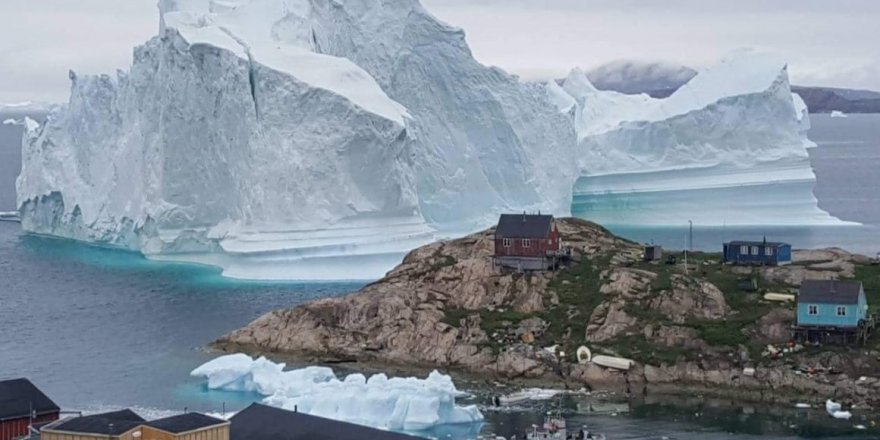According to a Rutgers-led review, the first of its kind in the journal Geophysical Research Letters, microbes cause sunlight-absorbing sediments to clump together and accumulate in the meltwater streams. The results can be integrated into climate models, contributing, scientists claim, to more accurate melting predictions.
According to the National Snow & Ice Data Center, the Greenland ice sheet occupies about 656,000 square miles, the bulk of the island and three times the size of Texas. If the dense ice sheet were to melt, the global sea level would increase by an estimated 20 feet.
Sea-level rise and coastal storms threaten low-lying islands, towns and lands around the world with climate change.
In glacial streams that form on top of the Greenland ice sheet as meltwater flows to the ocean, most scientists disregard sediment, but the Rutgers-led team decided to find out why they collected so much sediment.
In 2017, scientists in southwestern Greenland flew drones over an approximately 425-foot-long stream, took measurements and collected sediment samples. They find that up to a quarter of the stream bottom is covered by sediment, much more than the estimated 1.2% that would occur if organic matter and cyanobacteria didn't cause sediment granules to clump together.
"We found that the only way for sediment to accumulate in these streams was if bacteria grew in the sediment, causing it to clump into balls 91 times their original size. If bacteria didn't grow in the sediment, all the sediment would be washed away and these streams would absorb significantly less sunlight. This sediment aggregation process has been going on for longer than human history," stated lead author Sasha Leidman, an associate professor in the Department of Geography in the School of Arts and Sciences at Rutgers University-New Brunswick.
According to the National Snow & Ice Data Center, the Greenland ice sheet occupies about 656,000 square miles, the bulk of the island and three times the size of Texas. If the dense ice sheet were to melt, the global sea level would increase by an estimated 20 feet.
In glacial streams that form on top of the Greenland ice sheet as meltwater flows to the ocean, most scientists disregard sediment, but the Rutgers-led team decided to find out why they collected so much sediment. In 2017, scientists in southwestern Greenland flew drones over an approximately 425-foot-long canal, took measurements and collected sediment samples.
Maritime Business World

